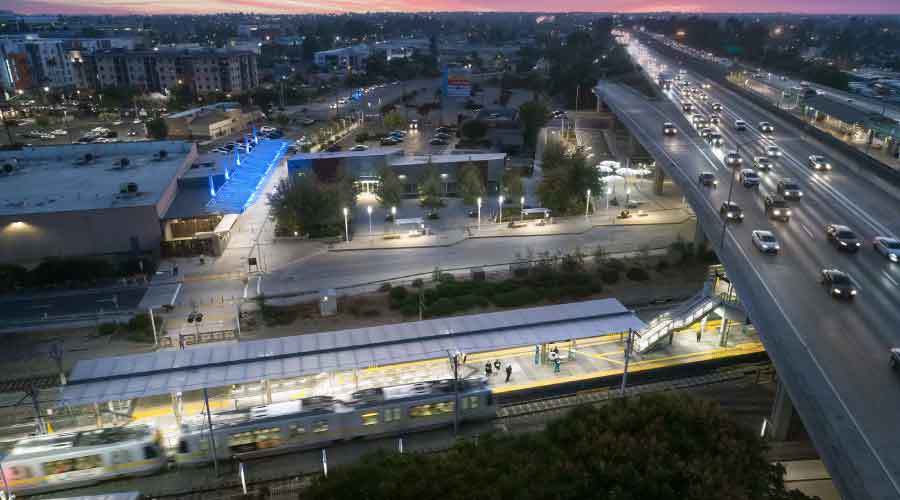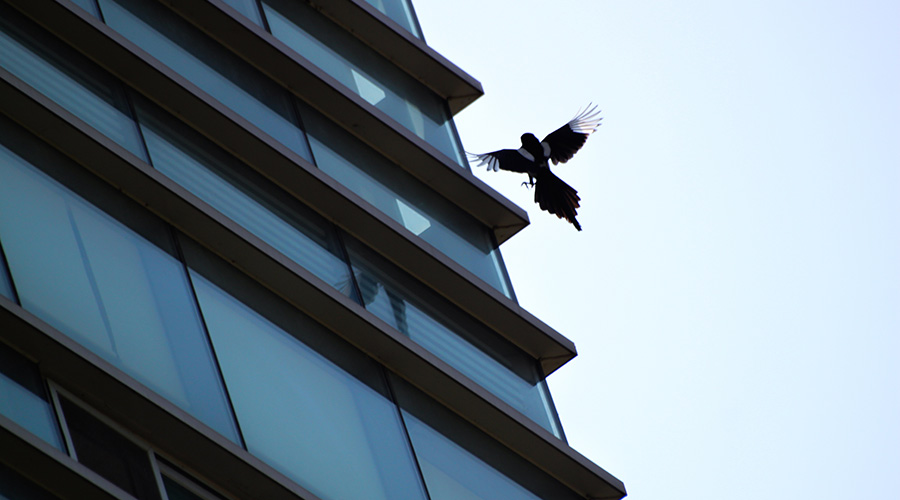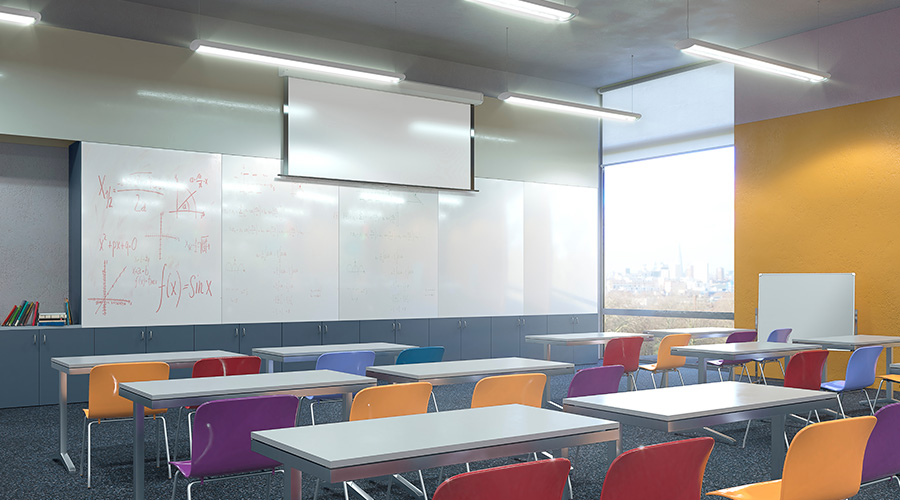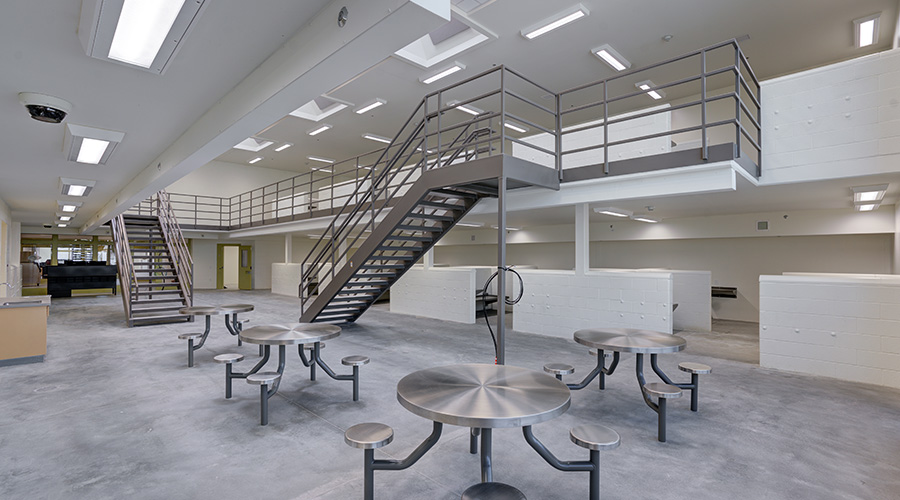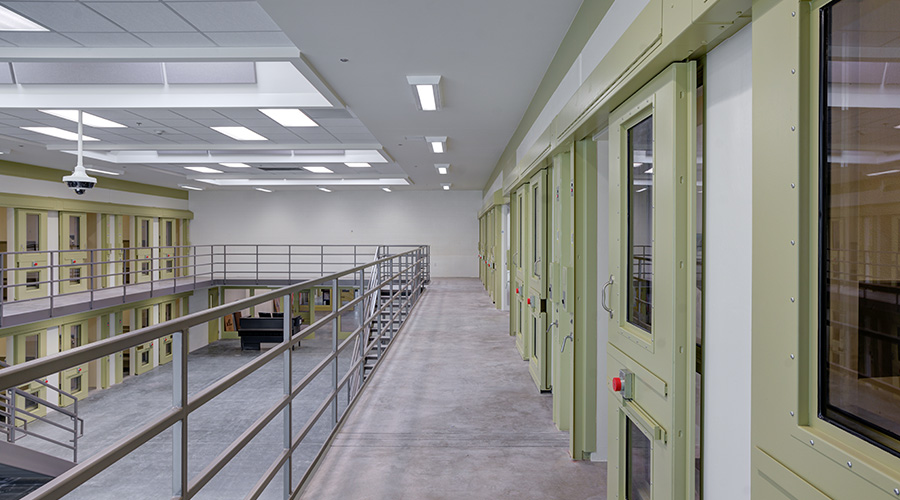Elevating Exterior Lighting Quality for Design
There are techniques designers can use to build ambiance and sense of place
By Leilani Nelson and Rachel Fitzgerald, Contributing Writers
OTHER PARTS OF THIS ARTICLEPt. 1: This Page
Safety and security are tied closely to user perceptions of space. When a space feels safe and comfortable, people want to inhabit the space and are more connected to their environment. It is hard to quantify how a space feels, but there are techniques designers can use to build ambiance and sense of place. When lighting designers use a variety of luminaire types to create visual hierarchy, the design is elevated to a more dynamic, programmed environment, helping the user navigate through spaces with ease and comfort.
This hierarchy is often broken down into general lighting, vertical ambiance, wayfinding, and accent lighting.
General Lighting: General ambient lighting in a parking area is typically a pole or area light that contributes the bulk of the horizontal lighting needs. Using a family of luminaire types, meaning a group of fixtures with the same manufacturer and similar aesthetic, can help to create visual cohesion throughout the design while meeting varied light level requirements.
Vertical Ambiance: The vertical component can be rather minimal and concentrated in areas where pedestrians concentrate, such as perimeter or central walkways, connections to buildings, or at entrances and exits. Vertical lighting is often achieved by providing light at the pedestrian scale, as general parking lighting is typically mounted at heights far above faces. Vertical lighting at the edge of a parking lot or along the perimeter walls of a garage can create a visual boundary. This visual perimeter can enhance safety by allowing visual acuity to highlight any activity within the space, enhancing the sense of safety and security.
Wayfinding: Lighting as wayfinding is extremely important, as it’s often used to mark entrances and exits, elevators or stairs in garages, or mark a change in activity such as a vehicle and pedestrian intersection. Either using a unique luminaire as wayfinding or simply a change in light levels, height, or concentration can be a useful indicator to draw users towards a desired destination. Lighting can be a tool to either guide users along a path or towards a key feature such as a building entrance, train platform, etc., or identify key intersections, stairs, elevators, building entrances, or points of interest or where there is a higher visual task.
Accent Lighting: Lastly, accent lighting adds a final layer of light that creates visual interest and supports the sense of place. Accent lighting could be small lights in the landscape, a wall wash at the elevator vestibules, or highlights on other architectural elements. Although accent lighting is not the main contributor to light levels, carefully designed accents can give a parking garage character and liveliness.
Finding the right approach
The International Dark-Sky Association and the Illuminating Engineering Society (IES) have recently updated standards and design guidelines for “Light at Night.” These new standards can be accessed through the IES’s Lighting Library and resource tools. Designers should refer to these tools along with local jurisdictional energy code requirements.
Focusing on lighting design solutions around codes and energy efficiency are essential, but not the only contributor to successful parking lot or garage designs. Energy efficiency is already being tackled by luminaire designers, which makes it easier to go above and beyond code requirements while also addressing influential design strategies for parking lighting.
Approaches may vary from parking lots to parking garages, but the goals remain similar. Lighting design solutions are elevated when multiple layers of light using varied luminaire types and styles are applied to define differences between pedestrian, parking, and areas of transition or importance. Vertical light is as much a component to parking lighting as horizontal light to address issues of safety and security, while also enhancing the ambiance. Holistic design that integrates the parking lot or garage lighting into the rest of the project can make a drastic difference in the pedestrian experience. Finding a balance between code requirements and thoughtful design is crucial to the success of parking lot and garage design.
Lighting designers should continue to push beyond the requirements of code, value the importance of lighting for safety, and challenge themselves to create parking areas that center on the experience of the pedestrian.
Leilani Nelson is a landscape designer and Rachel Fitzgerald is the discipline leader for Stantec. Both are based in Denver.
Related Topics:








